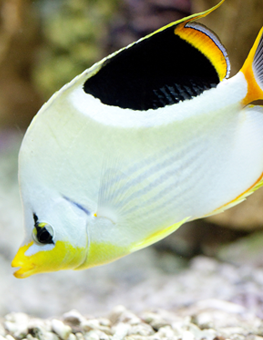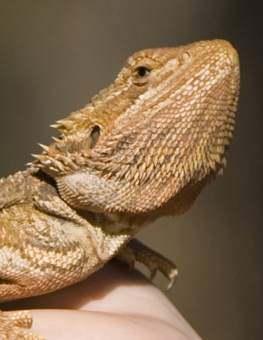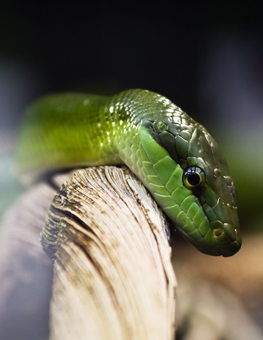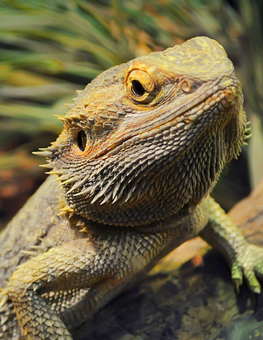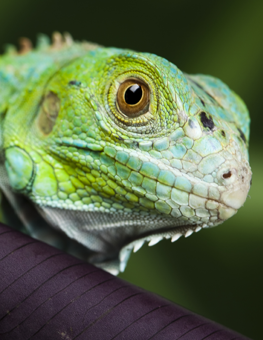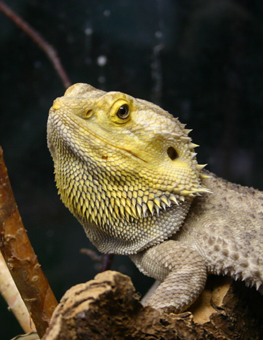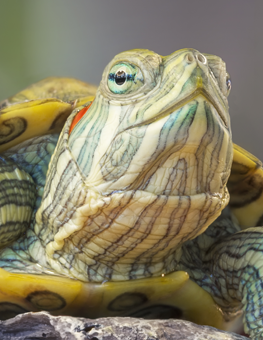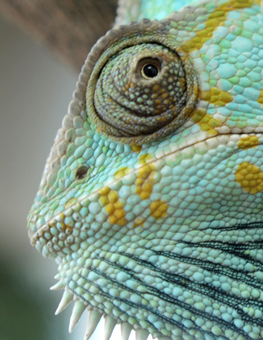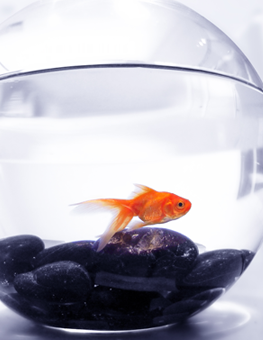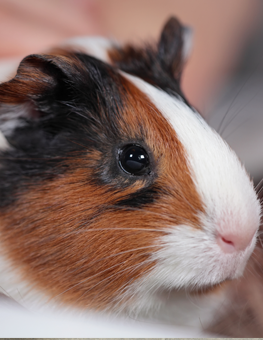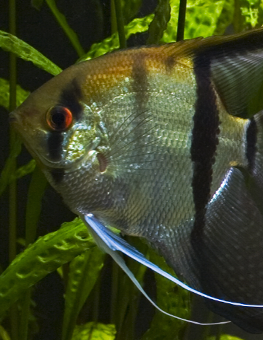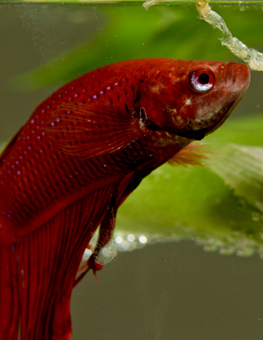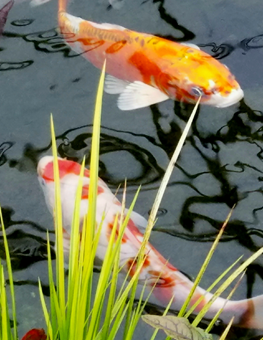Reptiles in the Classroom
Raising a reptile in the classroom can be a fun and educational for students.
Pop quiz! What environment is best suited for reptiles and amphibians?
There is not just one correct answer; there are three:
- aquatic - a semi-moist environment
- terrestrial - a dry arid or humid environment
- arboreal - a tree dwelling environment
By studying the geography, geology and physiology of reptiles, students can learn a lot about these fascinating creatures. Having a live reptile in the classroom helps to reinforce lessons and provides a launching pad for discussions of all sorts.
Here are a few suggestions:
- Frogs and toads
Did you know that the geology of the land, rocks, sand, brush and water determine the type of scales on snakes, skin on reptiles, and foot structures in many amphibians? If you examine the feet of frogs, you can see webbed foot structures in aquatic frogs, and suction-cup toe pads on tree frogs. Toads (which are actually frogs but are those with dry, warty skin) have a different foot structure still. - Snakes and lizards
When it comes to snakes and lizards, you can identify their natural environments by watching their movements. For example, the venomous Sidewinder, also called the “Horned Rattlesnake” is found in hot, sandy flats below 5,000 feet. Their unique movement and keeled scales give them the ability to travel quickly over desert sands. Snakes in rocky environments move by using their scales to “grab” rocks and soil. - Visual adaptation
You can teach your kids that studying the lifestyle, skin or scales, and environmental needs of snakes and reptiles from around the world, will tell a lot about their natural location, geography and geology. Coloration and geographical location of snakes finds both poisonous and nonpoisonous snakes existing in the same area. The coloration is the same and the only variation is the color patterns. This is known as protective mimicry. So by learning the color patterns of a snake, you can identify it and determine if it’s poisonous or nonpoisonous.
If you are considering having a reptile in your classroom, remember that although they require little stimulation, they have very specific needs.
They typically require:
- Space for the vivarium:
The habitat must be suited to the species and there must be enough room for the keeper to access the vivarium for cleaning. - Electricity:
Multiple electrical outlets are necessary to provide around-the-clock lighting and heating. - Space for cleaning supplies:
Many supplies may need to be kept out of the reach of children. - Space for food:
Depending on the species, the food may need to be refrigerated or frozen, or kept live in another tank. - Fresh water:
For drinking and cleaning and, depending on the species, for soaking and/or humidifying. - Vacation care taking:
Sending the reptile home with students is not recommended. Care and equipment training is necessary and most families are not prepared for this undertaking.
Interesting? Inspiring? Inconvenient? Difficult? Keeping a reptile in the classroom can be all of these things. It is highly recommended that teachers, in this case, do their homework before adding a reptile to the classroom environment.




